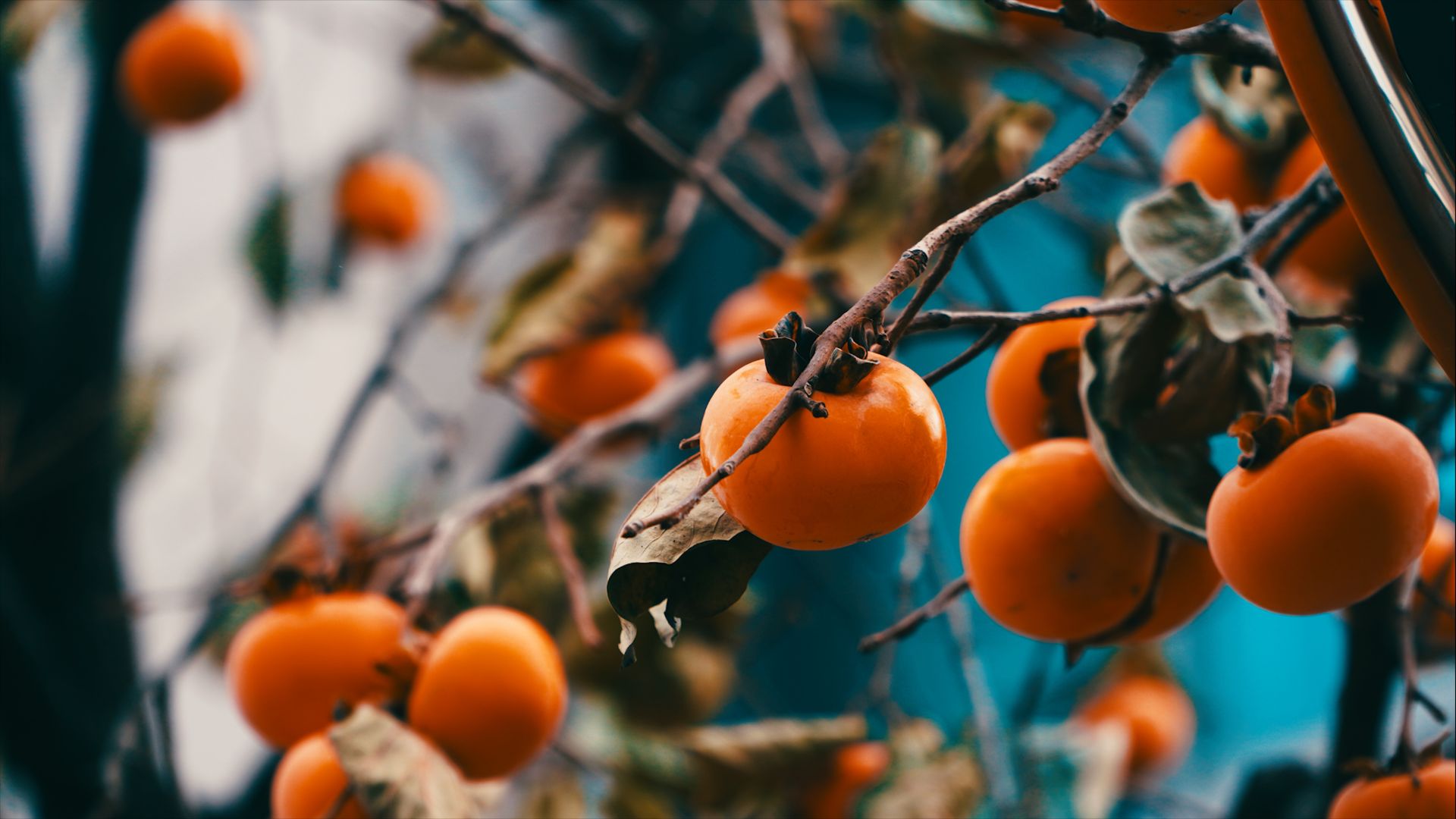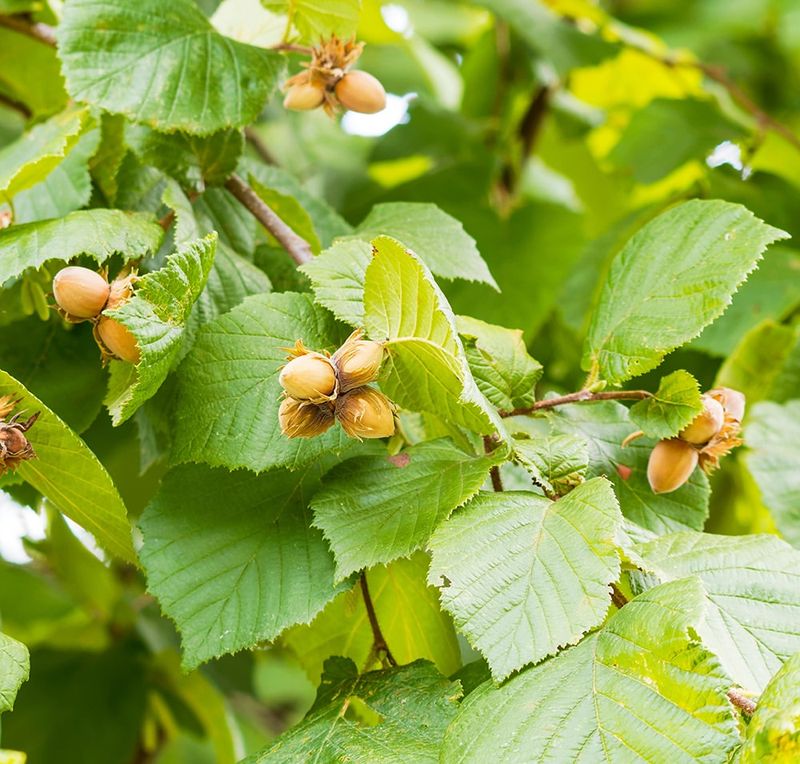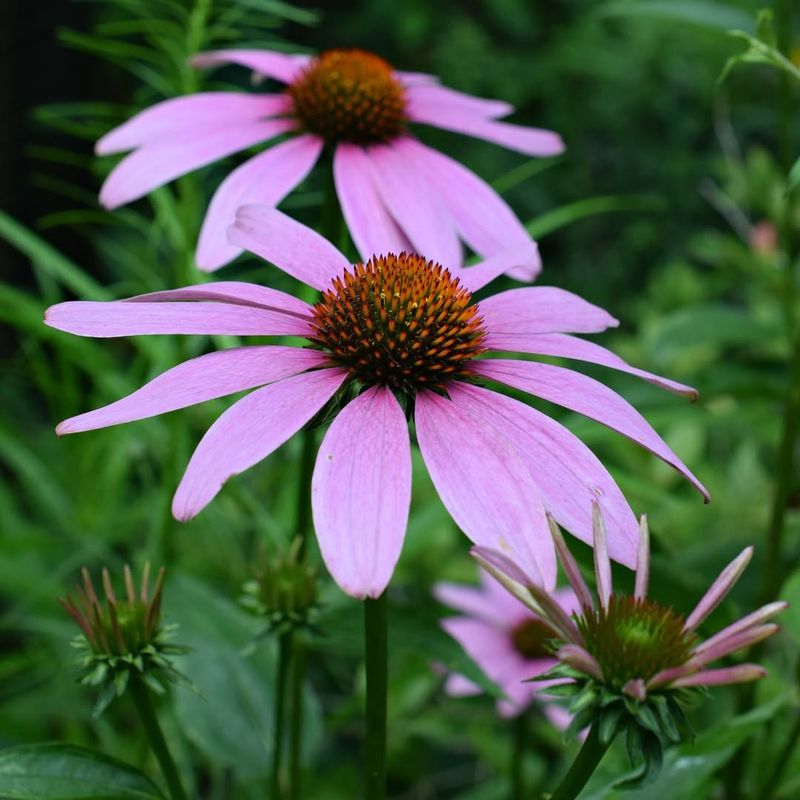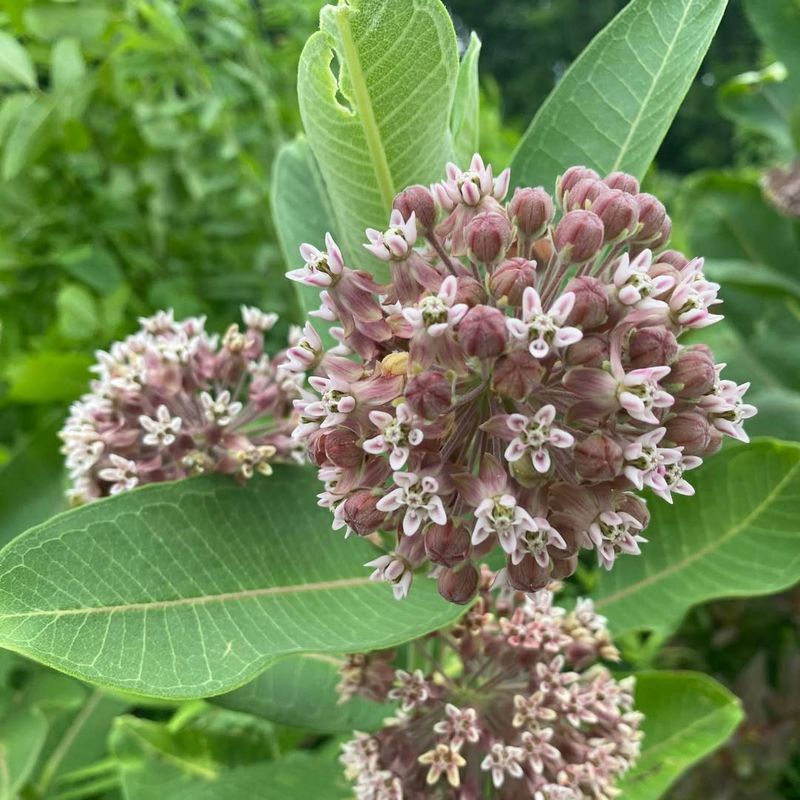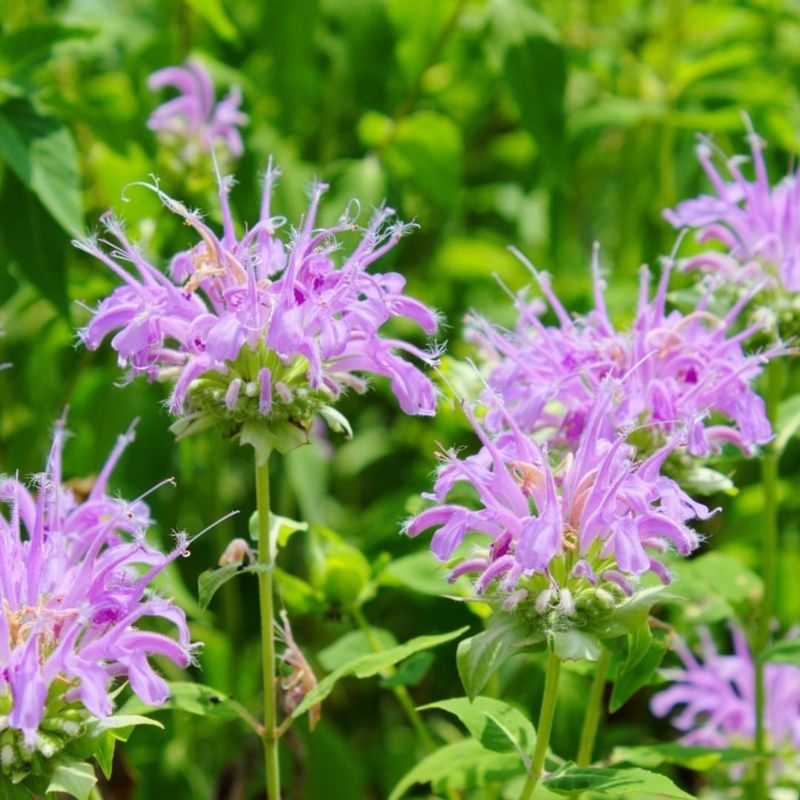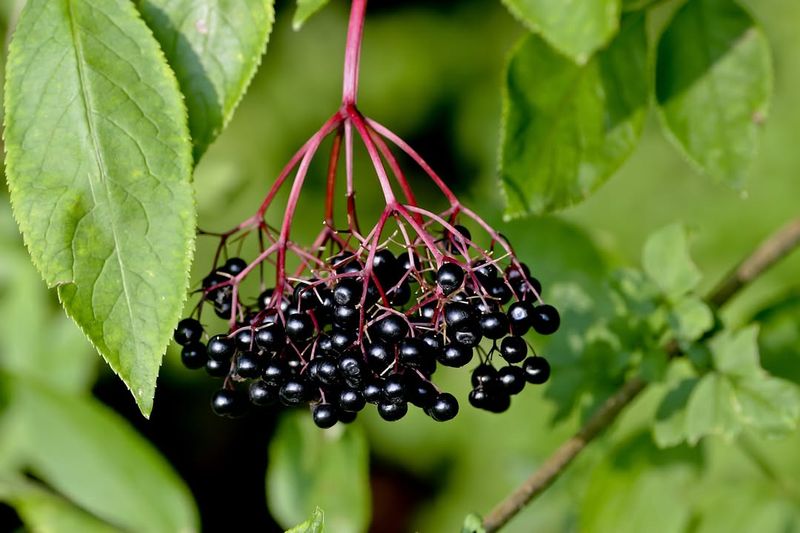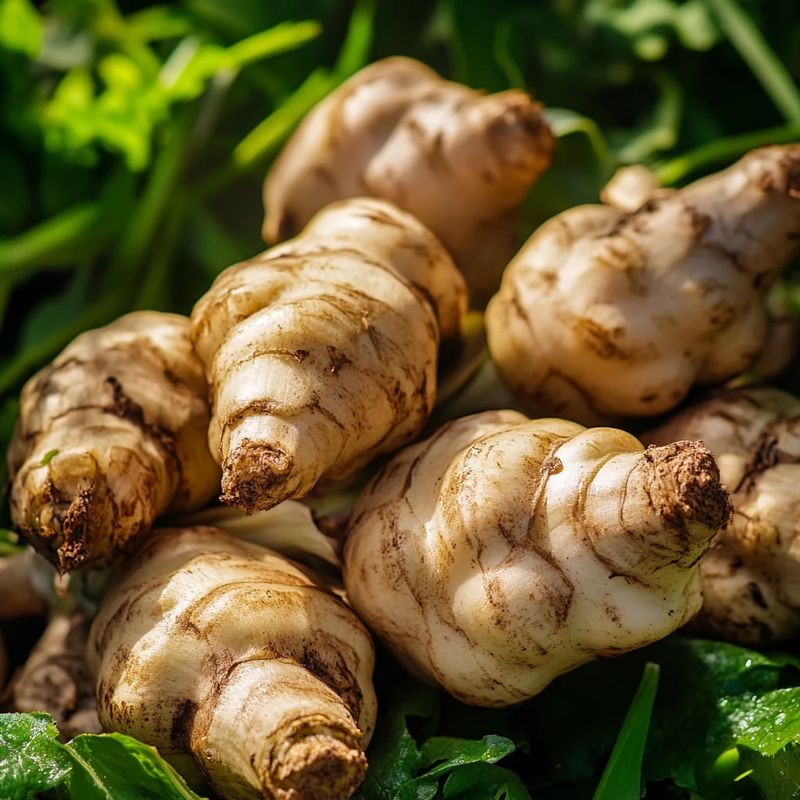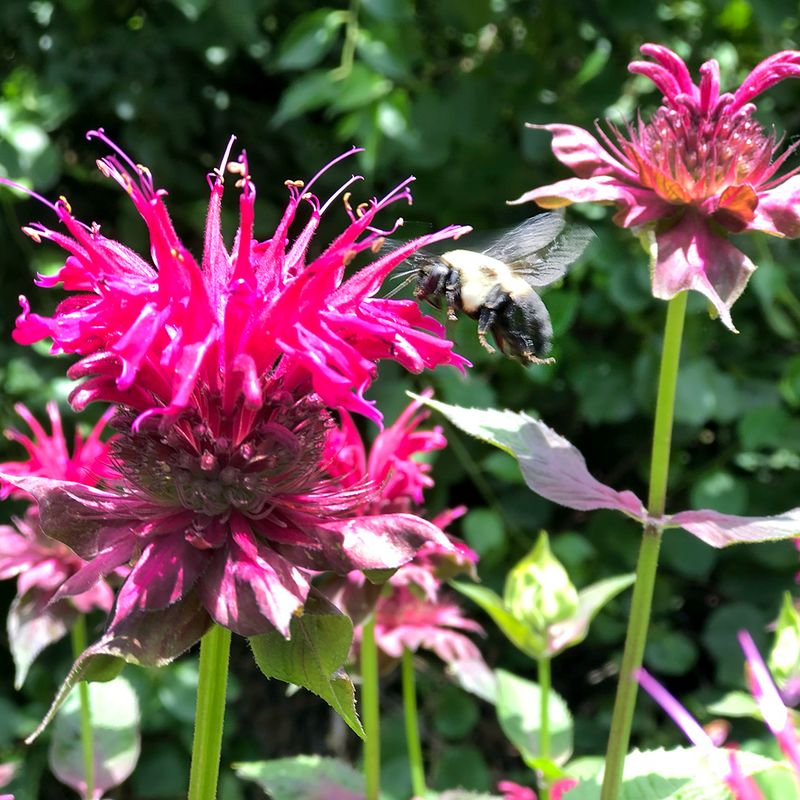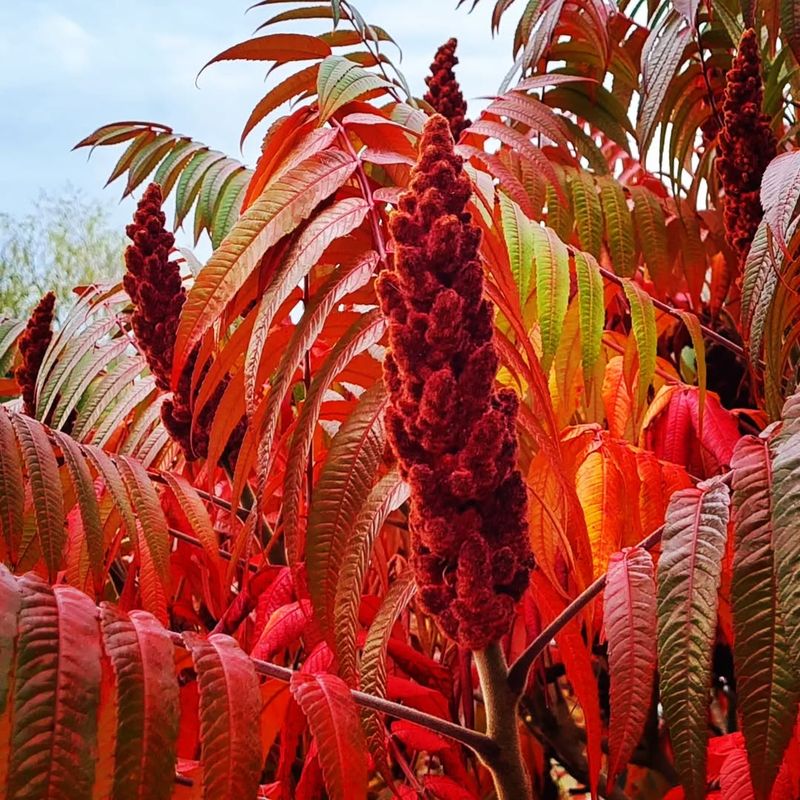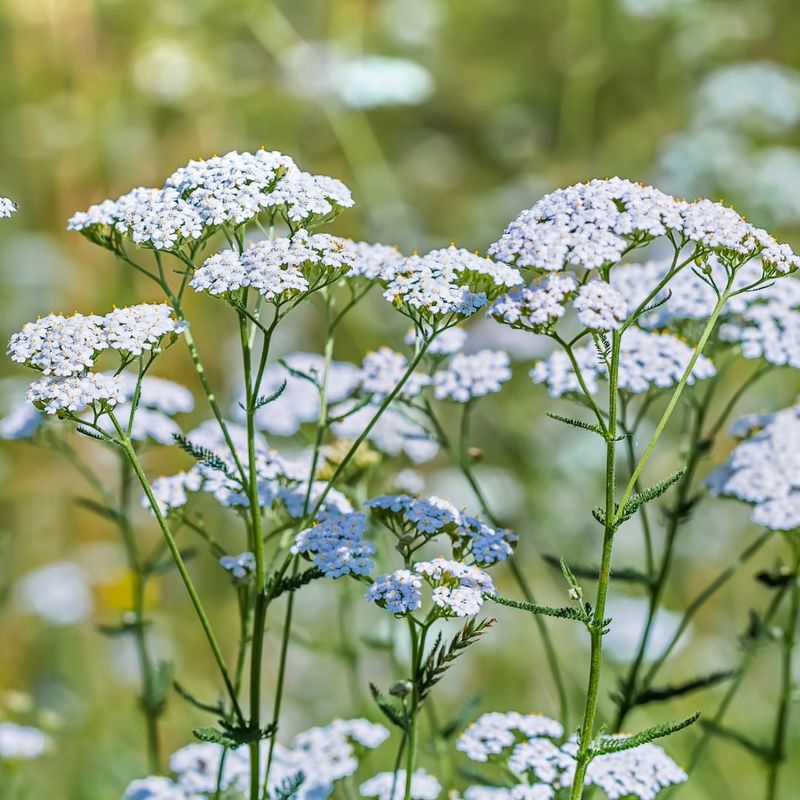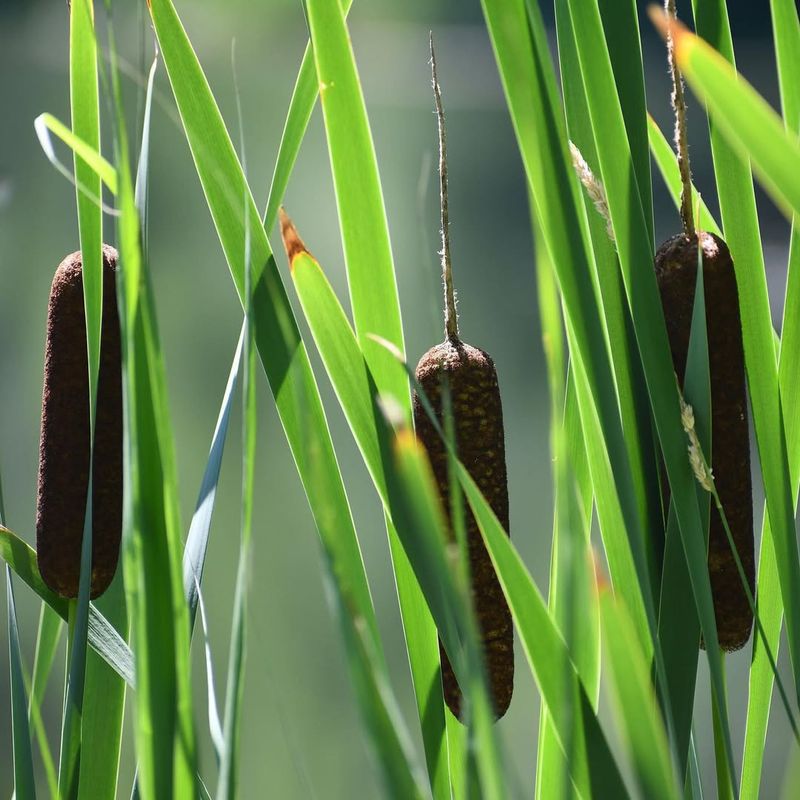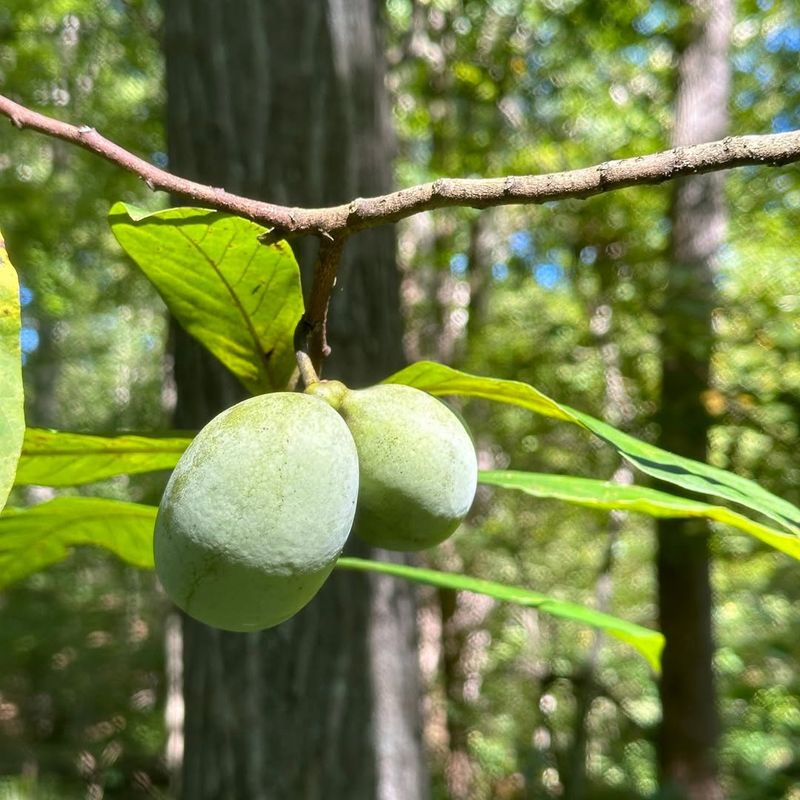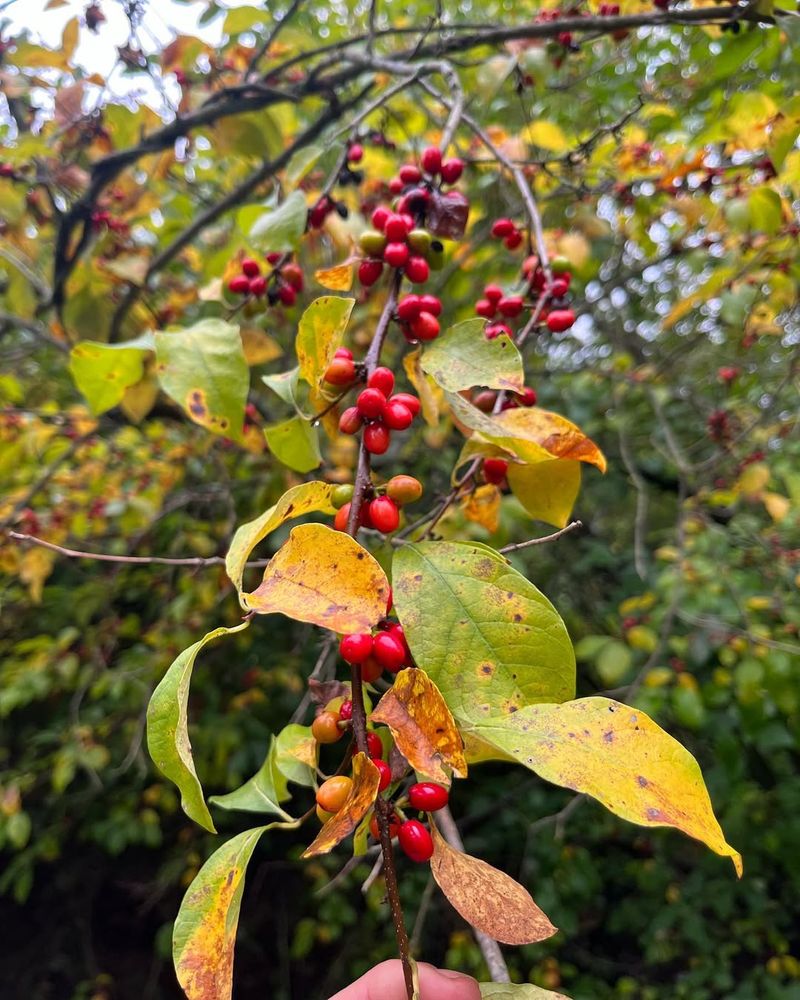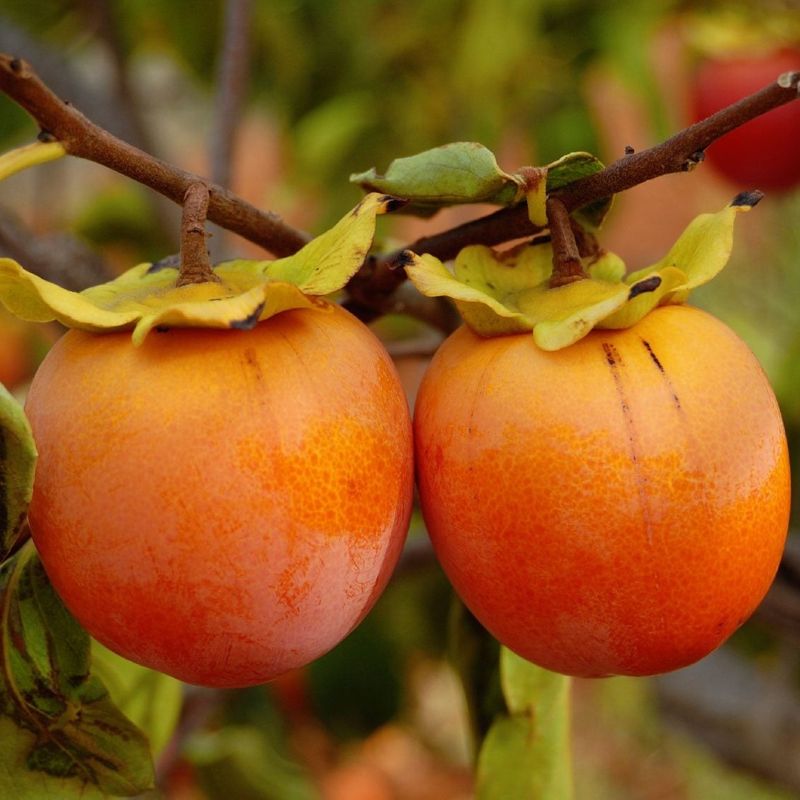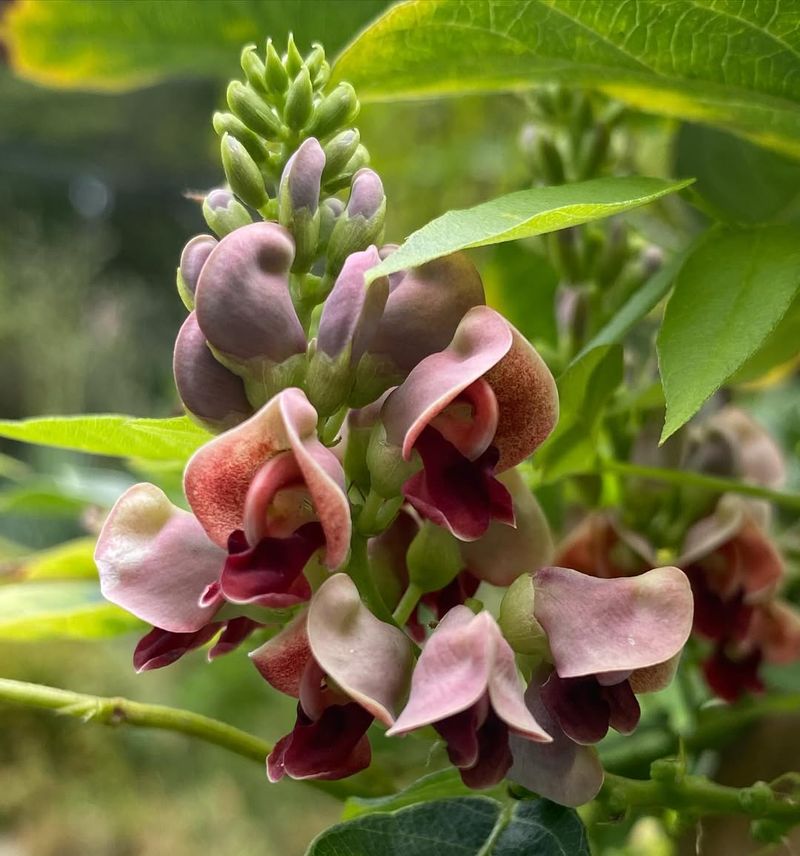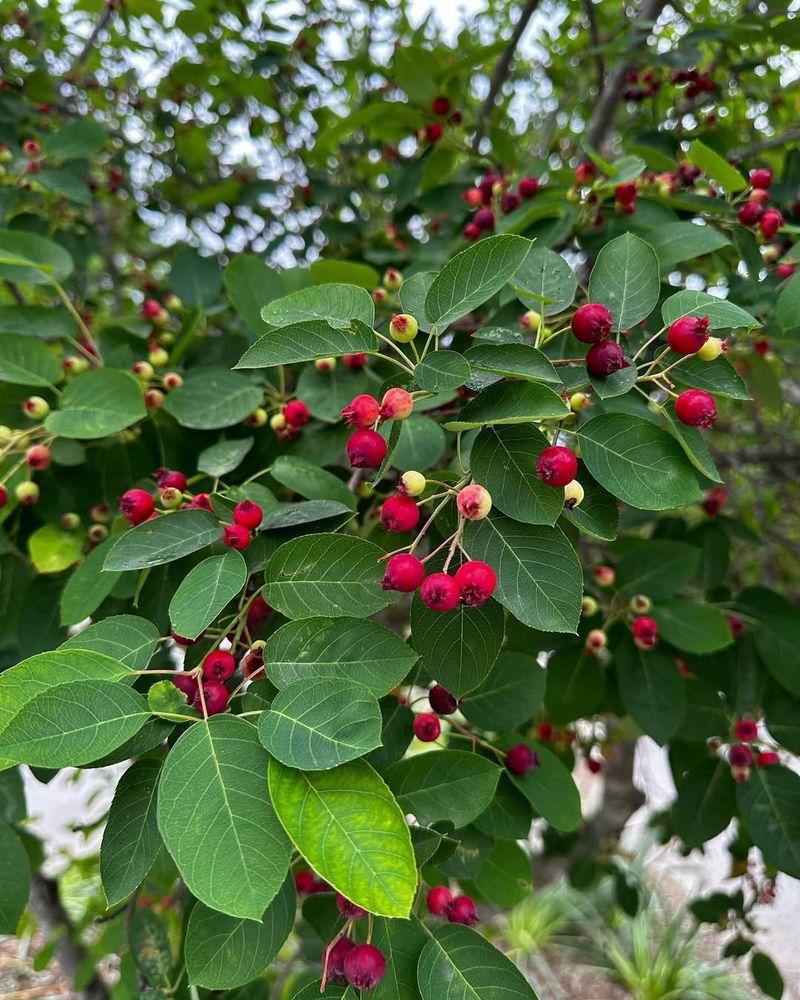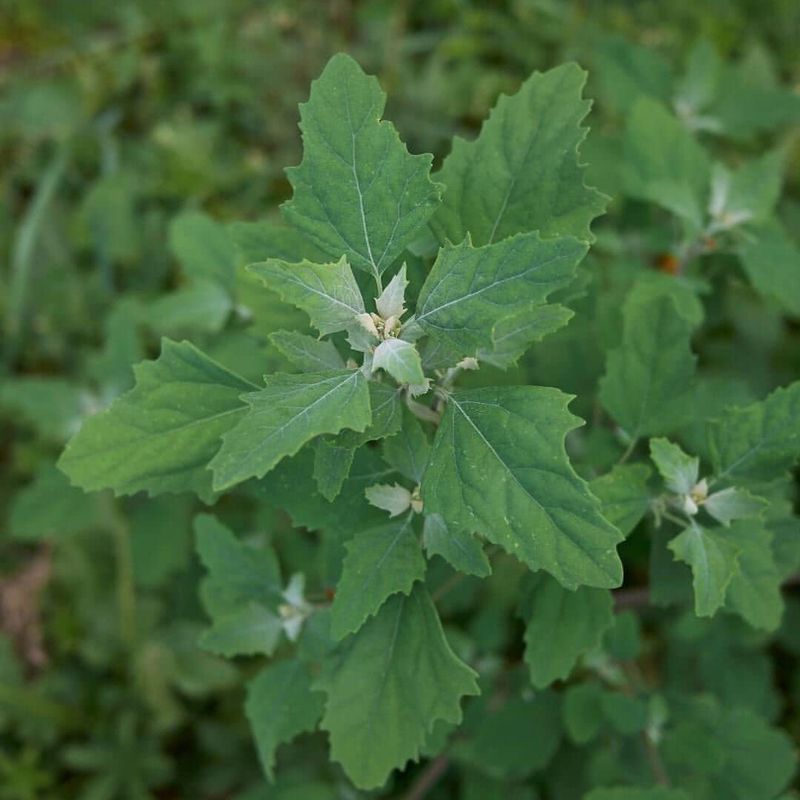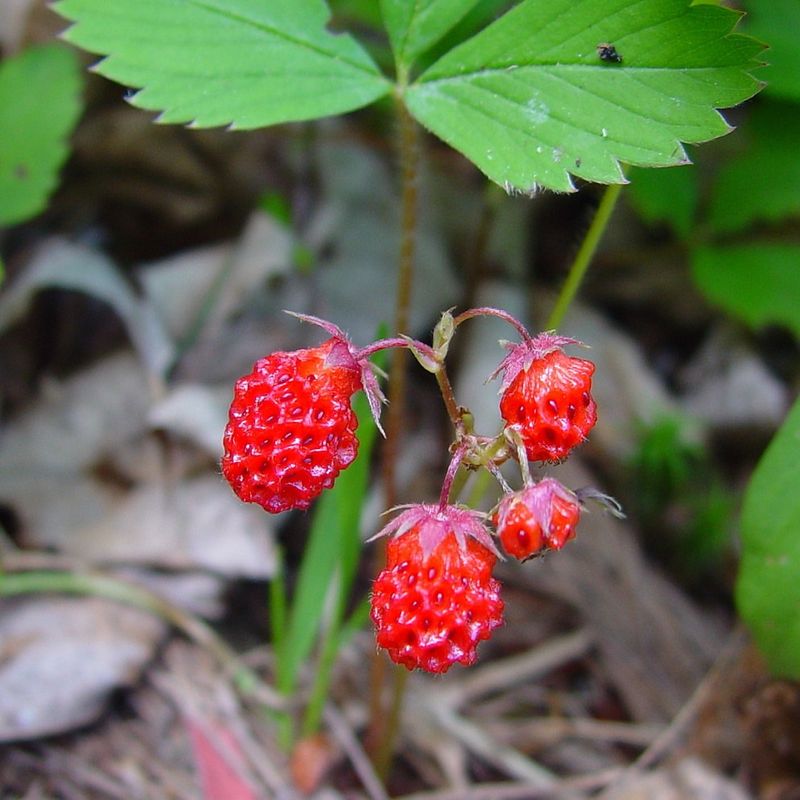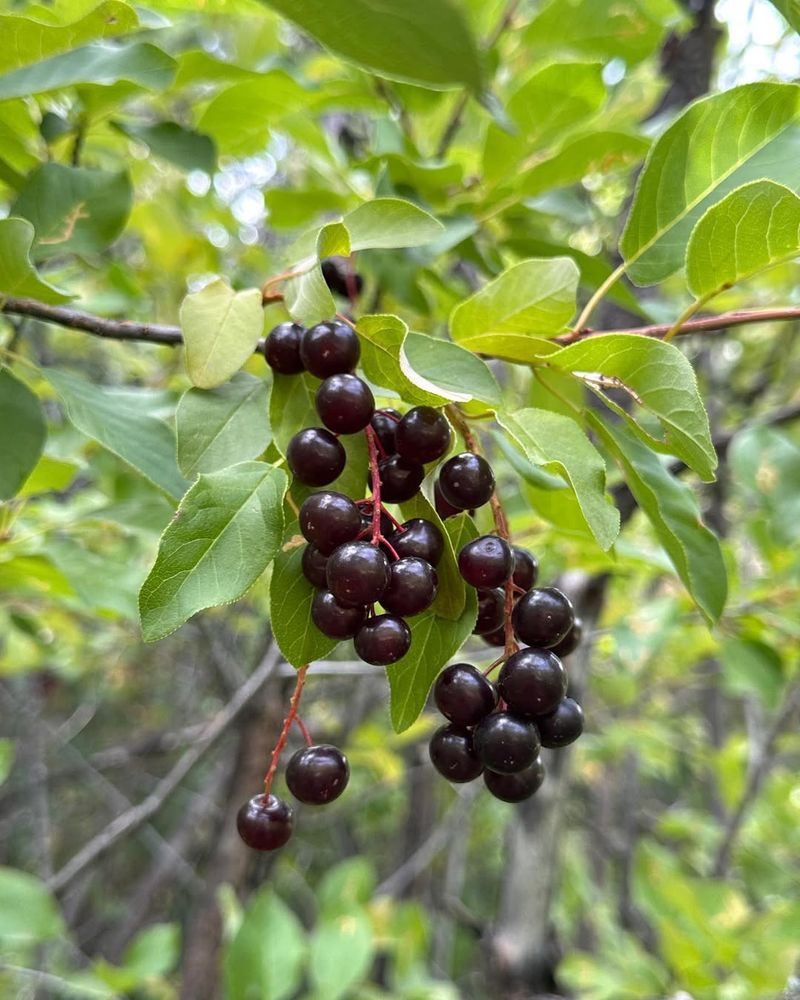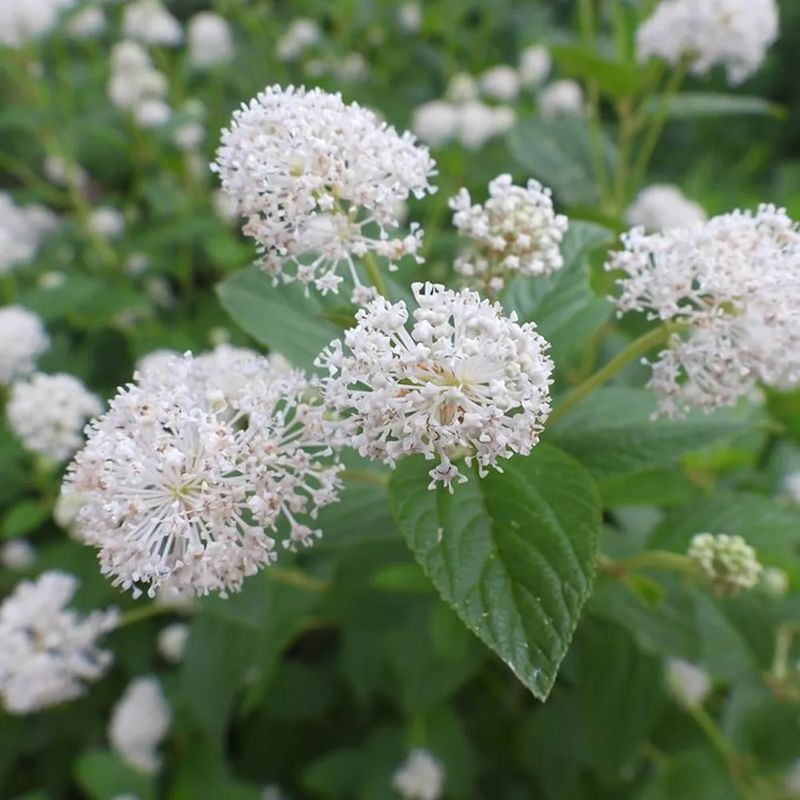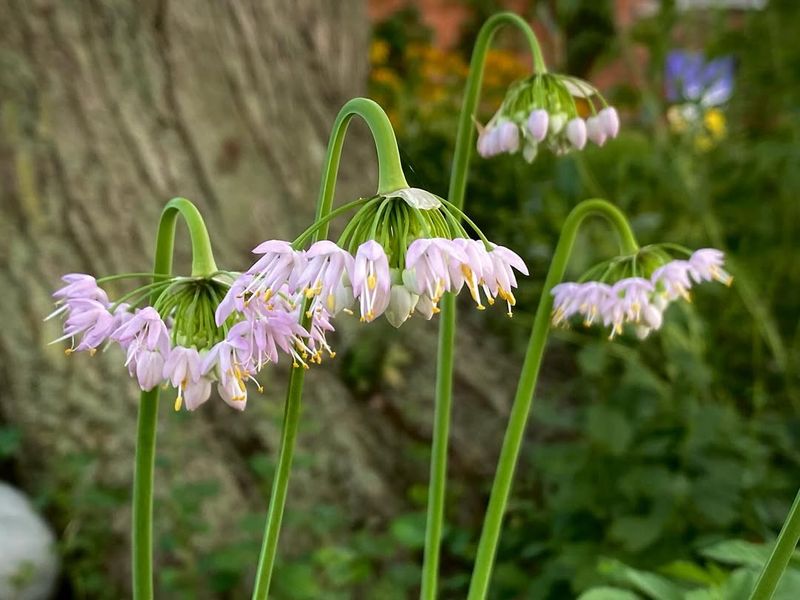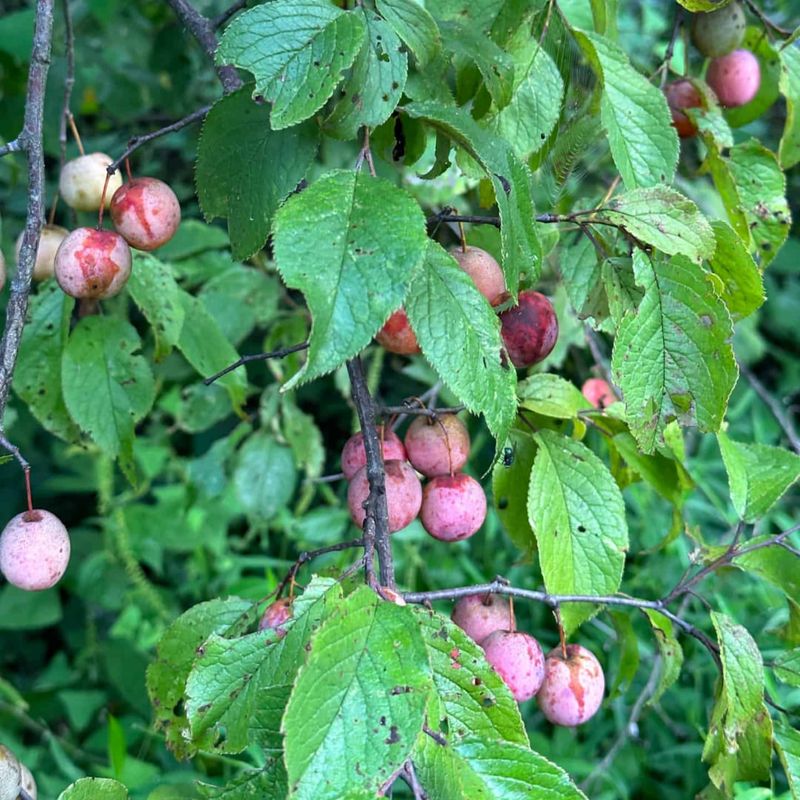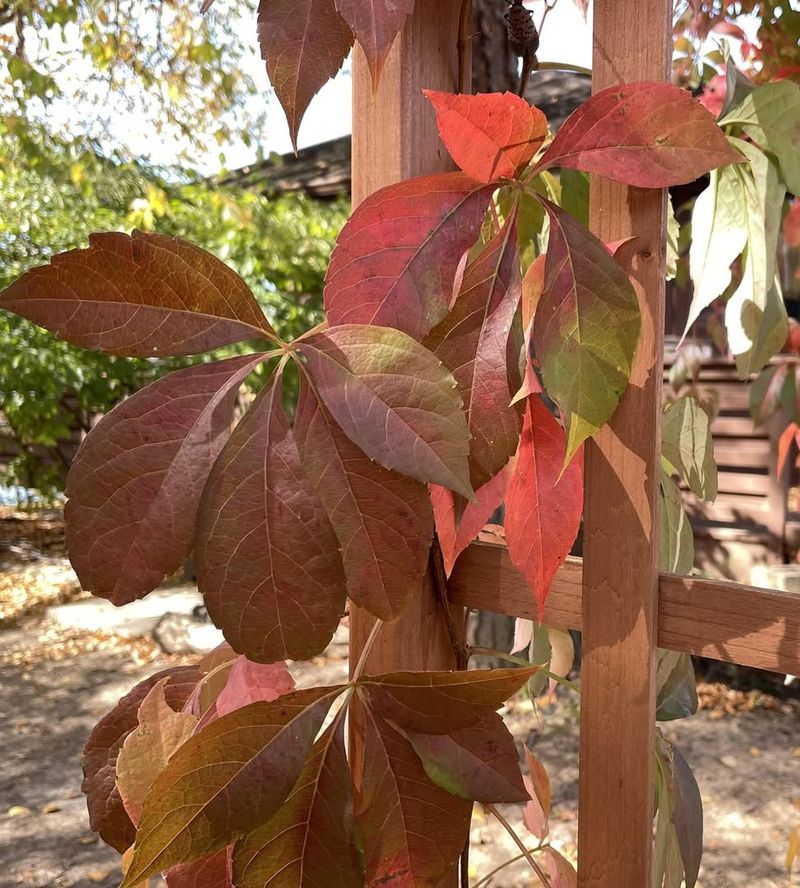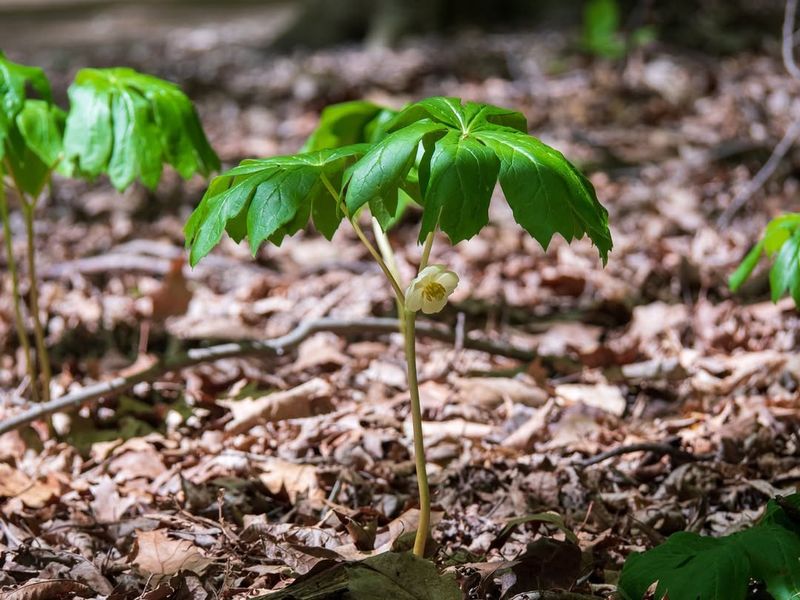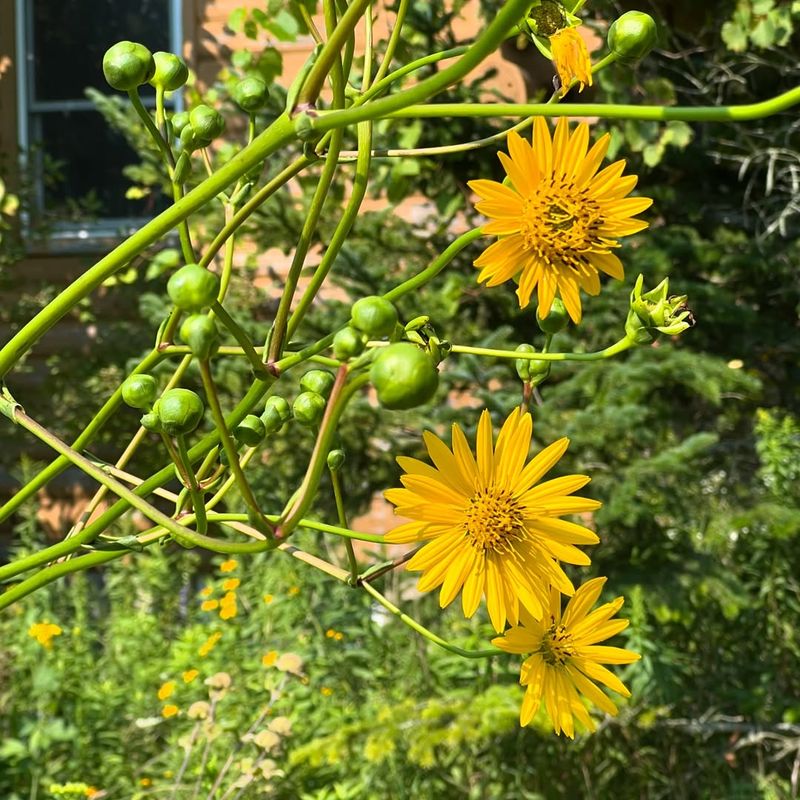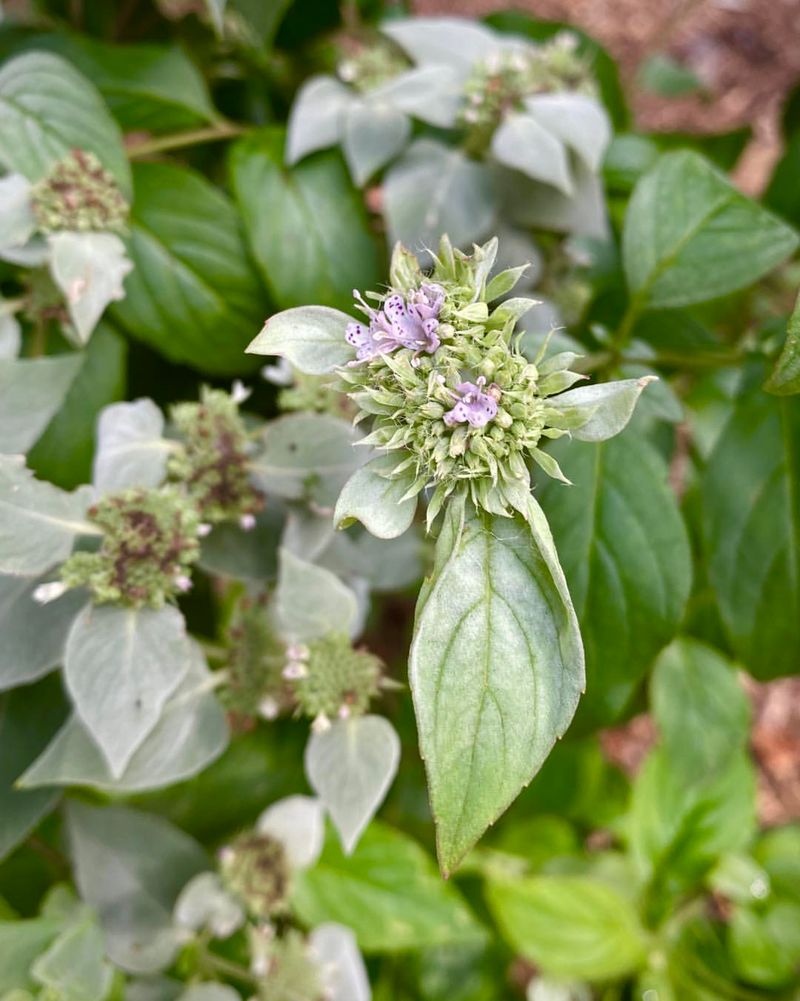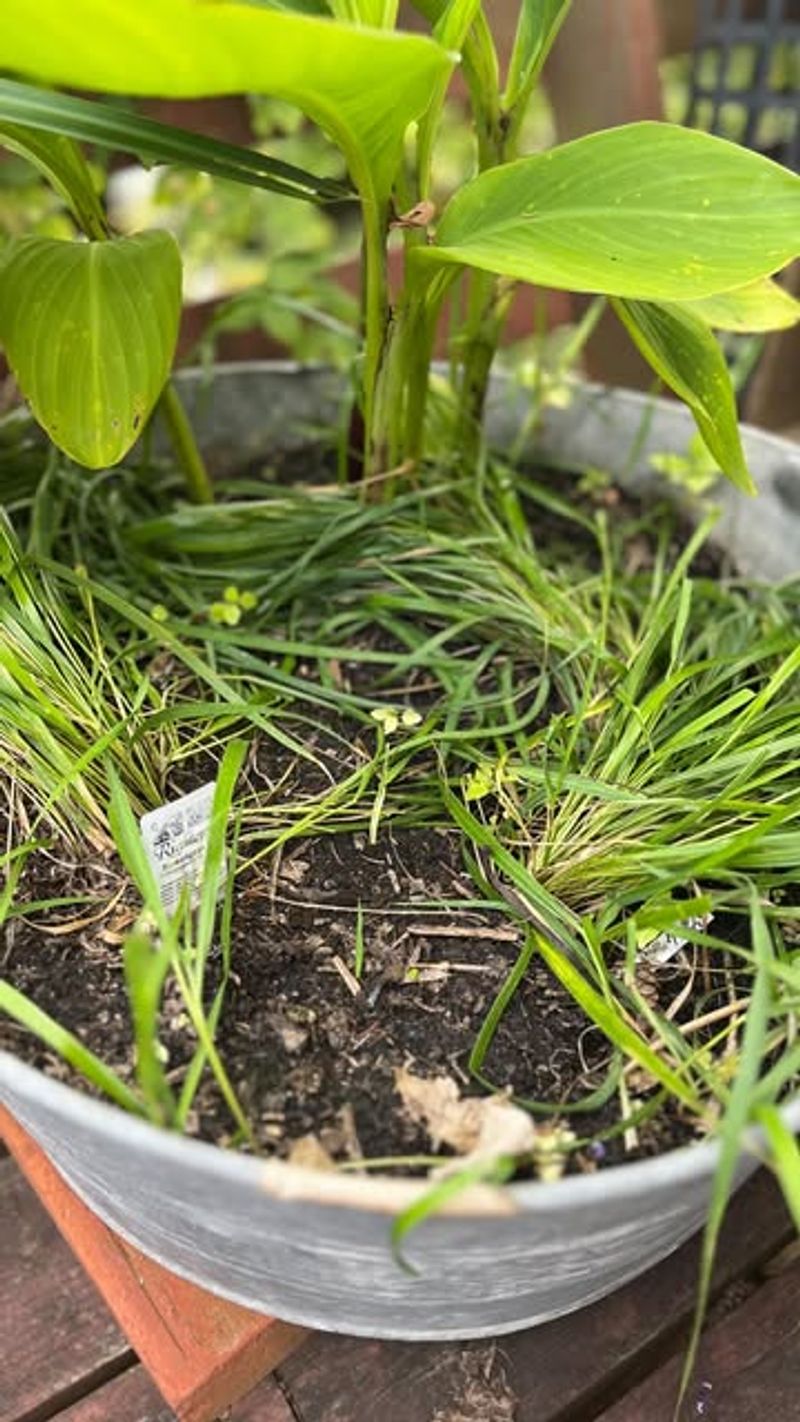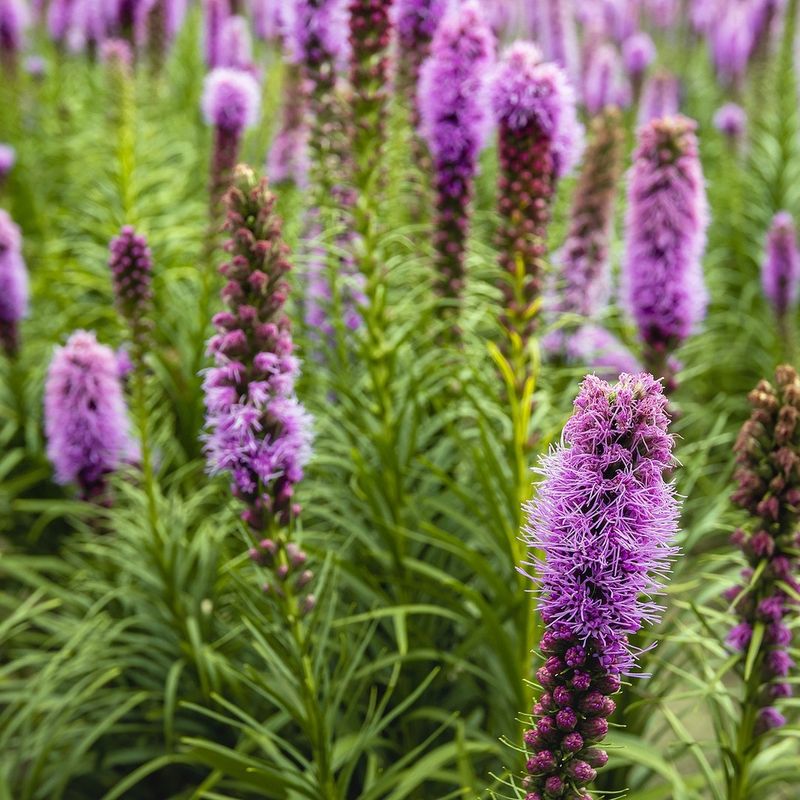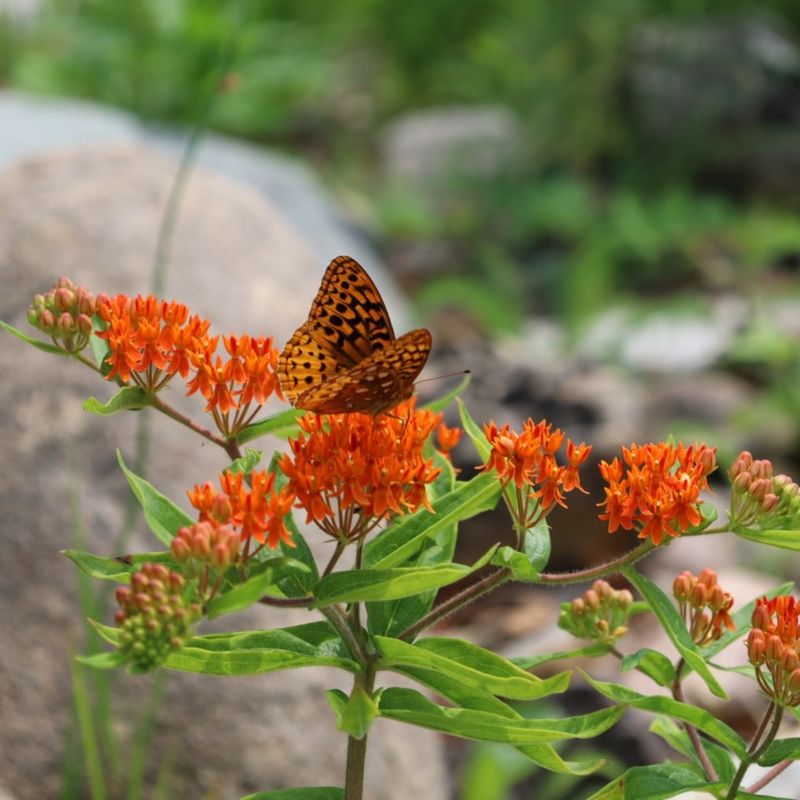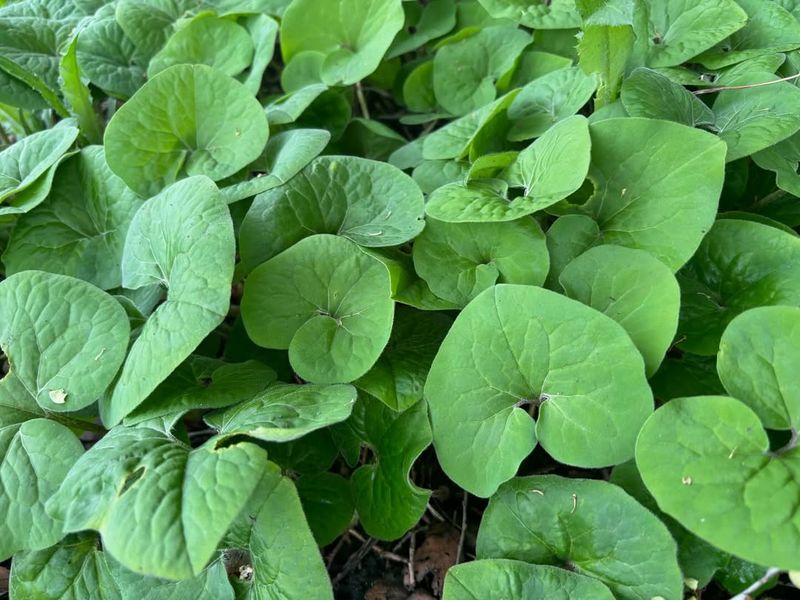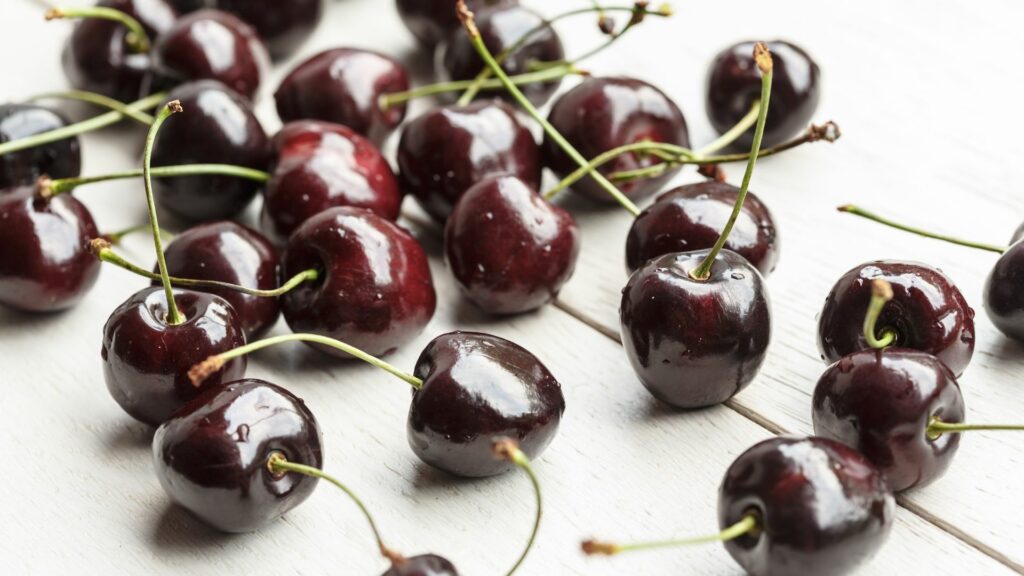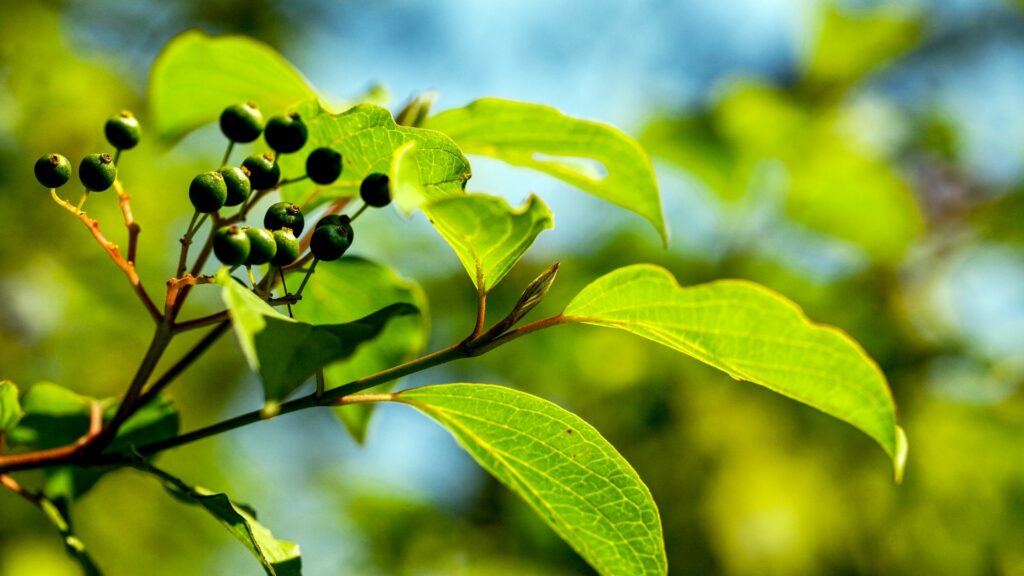Gardening with native U.S. plants is like stepping into a world where nature and nurture coexist in perfect harmony. Each plant tells a story of resilience, adaptability, and a deep connection to the land it originates from.
As someone who cherishes the idea of self-sufficiency and sustainability, I have found that these native plants are not only beautiful but also essential companions in crafting a survival garden that thrives with minimal intervention.
1. American Hazelnut
Imagine a bush that not only adds beauty but also provides nourishment. The American Hazelnut, with its clusters of rich, buttery nuts, fits perfectly into any survival garden.
Its ability to thrive in various soil types makes it a versatile choice. This plant attracts wildlife, providing shelter and food, while its nuts are a protein-rich food source for humans.
Incorporating the American Hazelnut into your garden ensures you’re not only cultivating beauty but also a reliable source of sustenance. The nuts can be eaten raw or roasted, adding a delightful crunch to meals.
2. Purple Coneflower
A splash of color and a magnet for pollinators, this plant stands tall in gardens. The Purple Coneflower is not just visually stunning; it’s a powerhouse of medicinal benefits.
Known for its immune-boosting properties, it has been used traditionally to ward off colds and infections. Its long-lasting blooms provide aesthetic appeal throughout the growing season.
In your survival garden, the Purple Coneflower plays an essential role in promoting biodiversity. Its roots and flowers can be used to make teas or extracts, enhancing your herbal apothecary.
3. Common Milkweed
A pivotal plant for any wildlife-friendly garden, this one is a true multitasker. The Common Milkweed is not only attractive but crucial for monarch butterflies.
Its leaves provide the sole food source for monarch caterpillars, supporting their life cycle. Beyond its ecological importance, the plant’s young shoots, leaves, and seed pods are edible when cooked properly.
Including Common Milkweed in your garden helps conserve essential pollinator species. Its fragrant flowers also attract various beneficial insects, enhancing your garden’s productivity.
4. Wild Bergamot
Aromatic and alluring, this plant is more than just a pretty face. Wild Bergamot, with its striking pink and purple flowers, is a staple in herbal medicine.
Used traditionally to treat respiratory issues, it also serves as a delightful tea ingredient. The plant thrives in diverse conditions, making it a resilient addition to any garden.
In your survival garden, Wild Bergamot acts as a natural insect repellent thanks to its aromatic oils. The flowers attract pollinators, ensuring your plants receive the attention they need to flourish.
5. Elderberry
Picture a shrub that combines beauty with functionality. The Elderberry, with its clusters of dark berries, is a standout in survival gardens.
Renowned for its immune-boosting properties, the berries can be transformed into syrups, jams, and wines. The plant is highly adaptable, flourishing in a variety of conditions.
Incorporating Elderberry into your garden provides you with a versatile medicinal plant and a tasty treat. The flowers and berries attract beneficial insects, contributing to a balanced ecosystem in your garden.
6. Jerusalem Artichoke
This plant might surprise you with its versatility and nutritional value. The Jerusalem Artichoke, known for its edible tubers, is a remarkable survival food.
Its tubers, rich in inulin, are a great carbohydrate source and can be prepared like potatoes. The plant is hardy, requiring minimal care once established.
In your survival garden, Jerusalem Artichoke provides not only food but also a striking visual element with its sunflower-like blooms. Its tall stalks can act as a natural windbreak, protecting more delicate plants nearby.
7. Bee Balm
A vibrant addition to any garden, this plant is a favorite among pollinators. Bee Balm, known for its showy flowers, is also a useful herbal remedy.
Traditionally used to treat colds, fevers, and digestive issues, it’s a versatile plant in natural medicine. It’s easy to grow and adds a splash of color to your garden.
By planting Bee Balm, you encourage a healthy population of bees and hummingbirds. Its aromatic leaves can be used to make a soothing tea, offering both beauty and practicality to your survival garden.
8. Staghorn Sumac
A striking plant with a lot to offer, this one stands out with its vibrant red fruit clusters. The Staghorn Sumac is more than just decorative; it’s also edible.
The tart, vitamin C-rich berries can be used to make a refreshing lemonade-like drink or spice. Its adaptability to poor soils makes it a resilient choice for challenging spots.
In your survival garden, Staghorn Sumac acts as a natural habitat for wildlife and provides erosion control. Its dramatic appearance and utility make it a valuable addition to any landscape.
9. Yarrow
Consider a plant that blends beauty and healing in one. Yarrow, with its delicate white flowers, is a must-have for its medicinal properties.
Traditionally used for wound healing and reducing inflammation, it’s a staple in herbal medicine. The plant is hardy and drought-resistant, perfect for low-maintenance gardens.
In your survival garden, Yarrow attracts beneficial insects, improving pollination. Its leaves can be used fresh or dried for teas and poultices, making it both a valuable and versatile addition.
10. Cattails
Envision a plant that thrives in wet areas and offers multiple uses. Cattails, with their distinctive flower spikes, are a classic survival food.
Almost every part of the plant is edible, from the roots to the pollen. They provide shelter and food for wildlife, supporting a balanced ecosystem.
In your survival garden, Cattails can help manage water and prevent soil erosion. Their versatility and ecological benefits make them indispensable in wetland areas, providing both function and form.
11. Pawpaw
Imagine a taste of the tropics right in your backyard. The Pawpaw tree, with its custard-like fruit, offers a sweet treat in survival gardens.
The fruit is rich in vitamins and minerals, making it a nutritious addition to your diet. The tree thrives in fertile, well-drained soil and adds a lush, exotic feel to gardens.
By planting Pawpaw, you not only enjoy its delicious fruit but also support native wildlife. Its large leaves create shade and habitat, enhancing the ecological diversity of your garden.
12. Spicebush
Think of a shrub that infuses the garden with aroma and flavor. Spicebush, with its fragrant leaves and berries, is a delightful addition.
The berries can be used as a spice, adding a peppery flavor to dishes. It thrives in shady, moist areas, making it perfect for forest gardens.
In your survival garden, Spicebush attracts birds and butterflies, promoting biodiversity. Its aromatic leaves can be brewed into a soothing tea, offering both culinary and medicinal benefits.
13. American Persimmon
Picture a tree that combines beauty with a sweet harvest. The American Persimmon, with its honey-flavored fruit, is an autumn favorite.
The fruit is high in fiber and vitamins, providing a nutritious boost. The tree is adaptable, growing well in various soil types and climates.
In your survival garden, the American Persimmon provides shade and food for wildlife, creating a balanced ecosystem. Its fruits can be eaten fresh or dried, offering a versatile and tasty treat.
14. Groundnut
Imagine a vine that offers both beauty and sustenance. Groundnut, with its nutrient-rich tubers, is a hidden gem in survival gardens.
The tubers are a great source of protein and can be cooked like potatoes. The plant is hardy and grows well in moist, shaded areas.
By incorporating Groundnut into your garden, you enhance its diversity and productivity. The vines also provide cover for wildlife, contributing to a healthy ecosystem.
15. Serviceberry
Envision a tree that welcomes spring with a floral display and rewards with berries. The Serviceberry is a delightful addition to any garden.
The berries are delicious and high in antioxidants, making them a nutritious snack. The tree is adaptable, thriving in various conditions and adding year-round interest.
In your survival garden, Serviceberry supports pollinators with its early blooms and provides food for birds. Its berries can be eaten fresh, dried, or used in desserts, offering both beauty and bounty.
16. Lamb’s Quarters
Consider a plant that thrives on neglect and offers nutritious greens. Lamb’s Quarters, with its spinach-like leaves, is a garden staple.
The leaves are rich in vitamins and minerals, making them a healthy addition to meals. The plant grows vigorously, even in poor soils.
Incorporating Lamb’s Quarters into your garden ensures a constant supply of leafy greens. Its ease of growth and adaptability make it a valuable resource for any survival garden.
17. Wild Strawberry
Picture a plant that delights with its sweet, tiny fruits. Wild Strawberry is a classic favorite in many gardens.
The berries are not only delicious but packed with vitamins. The plant is low-growing and spreads easily, making it a great ground cover.
In your survival garden, Wild Strawberry provides both beauty and function. Its berries attract wildlife, supporting a balanced ecosystem, while its leaves can be used to make a refreshing tea.
18. Chokecherry
Think of a tree that offers fruit and beauty in equal measure. Chokecherry, with its astringent berries, is a valuable survival food.
The berries can be made into jams and syrups, rich in vitamins and antioxidants. The tree is hardy, growing in a range of soil types and climates.
In your survival garden, Chokecherry provides habitat for birds and pollinators. Its spring blossoms add visual interest, while the fruit ensures a reliable food source.
19. New Jersey Tea
Imagine a shrub that combines utility and beauty. New Jersey Tea, with its fragrant flowers, is a garden favorite.
The leaves were historically used as a tea substitute, offering a caffeine-free alternative. The plant is drought-tolerant, thriving in well-drained soils.
In your survival garden, New Jersey Tea supports butterflies and other pollinators. Its compact size makes it suitable for small spaces, adding both function and form to your landscape.
20. Nodding Onion
Consider a plant that offers flavor and flair. Nodding Onion, with its edible bulbs, is a delightful addition to gardens.
The bulbs are mild and can be used like regular onions, adding a savory touch to dishes. The plant is easy to grow, preferring sunny locations.
In your survival garden, Nodding Onion provides both culinary and ornamental value. Its flowers attract pollinators, enhancing the ecological balance of your garden.
21. American Plum
Think of a tree that offers sweet rewards. The American Plum, with its juicy fruits, is a highlight in survival gardens.
The plums are delicious fresh or turned into jams and jellies. The tree is resilient, tolerating a range of soils and climates.
In your survival garden, the American Plum provides food for wildlife and shade for other plants. Its spring blossoms and autumn fruits add year-round interest, making it both practical and appealing.
22. Virginia Creeper
Imagine a vine that transforms spaces with its vibrant colors. Virginia Creeper, with its stunning foliage, is a versatile plant.
The vine provides excellent ground cover and can climb structures, offering visual interest. Its berries, while not edible for humans, are a favorite for birds.
In your survival garden, Virginia Creeper adds beauty and functionality. Its ability to cover walls and fences makes it a natural choice for privacy and habitat creation, enhancing your garden’s diversity.
23. Mayapple
Picture a plant that offers intrigue and utility. Mayapple, with its unique appearance, adds a touch of whimsy to gardens.
The fruit is edible when fully ripe, but caution is needed as unripe parts are toxic. The plant thrives in shady areas, supporting forest garden ecosystems.
In your survival garden, Mayapple provides ground cover and habitat for small creatures. Its distinct look and useful fruit make it an interesting and beneficial addition.
24. Prairie Dock
Consider a plant that stands tall and offers resilience. Prairie Dock, with its impressive stature, is perfect for open spaces.
The plant’s leaves are large and rough, adding texture to gardens. It thrives in prairies and can tolerate dry conditions, requiring minimal care.
In your survival garden, Prairie Dock attracts pollinators with its bright yellow flowers. Its deep roots help stabilize soil, making it both a practical and striking addition to your landscape.
25. Mountain Mint
Imagine a plant that invigorates with scent and supports biodiversity. Mountain Mint, known for its aromatic leaves, is a garden favorite.
The leaves can be used in teas and culinary dishes, adding a refreshing flavor. The plant is robust, thriving in various conditions and attracting pollinators.
In your survival garden, Mountain Mint provides both sensory delight and ecological benefits. Its flowers draw bees and butterflies, enhancing the health and productivity of your garden.
26. Sweetgrass
Think of a plant that weaves tradition into gardens. Sweetgrass, with its fragrant leaves, holds cultural significance for many indigenous peoples.
The leaves are used in basket weaving and ceremonial practices, adding value beyond aesthetics. The plant grows well in moist, sunny areas, offering ease of cultivation.
In your survival garden, Sweetgrass provides both beauty and cultural connection. Its sweet scent and ecological benefits, such as soil stabilization, make it a meaningful addition.
27. Blazing Star
Picture a plant that captivates with vibrant blooms. Blazing Star, with its purple flower spikes, is a stunning garden addition.
The flowers attract a variety of pollinators, supporting ecological diversity. The plant is drought-tolerant and thrives in sunny locations, offering low-maintenance beauty.
In your survival garden, Blazing Star provides both visual interest and environmental benefits. Its presence enhances the garden’s aesthetic while contributing to pollinator health.
28. Butterfly Weed
Imagine a plant that lights up the garden with color. Butterfly Weed, with its orange blooms, is a magnet for pollinators.
The plant is known for its medicinal properties, traditionally used to treat respiratory issues. It’s drought-tolerant and thrives in sunny areas, making it easy to grow.
In your survival garden, Butterfly Weed supports butterfly populations, particularly monarchs. Its vibrant flowers and medicinal uses make it both functional and attractive.
29. Wild Ginger
Think of a plant that offers more than meets the eye. Wild Ginger, with its aromatic roots, is a hidden gem in gardens.
The roots can be used as a ginger substitute, adding flavor to culinary dishes. The plant thrives in shaded areas, complementing forest gardens.
In your survival garden, Wild Ginger provides ground cover and supports wildlife. Its leaves and roots provide both culinary and ecological benefits, making it a valuable addition.
30. Black Cherry
The Black Cherry, with its dark, sweet fruits, is a valuable asset to any survival garden.
The cherries are delicious and can be used in jams, jellies, or pies. Beyond its edible fruit, the tree also provides high-quality wood, which has a variety of uses. It grows well in both moist and dry conditions, making it adaptable to various environments.
In your survival garden, the Black Cherry offers a versatile food source while also supporting local wildlife with its fruit and flowers. The tree’s shade helps cool the surrounding area, making it a functional and beautiful addition.
31. Hackberry
Think of a tree that thrives in harsh conditions and offers shelter and food. The Hackberry, with its distinctive rough bark and small, sweet fruits, is perfect for a survival garden.
The fruit, while small, is edible and attracts birds and other wildlife. This hardy tree can grow in a variety of soil types, from sandy to clay, and it tolerates drought, making it an excellent low-maintenance option for survival gardens.
In your garden, Hackberry provides essential food for birds and pollinators, while its sturdy branches offer protection to smaller plants. Its resilience and utility make it an invaluable addition to any survival garden.

